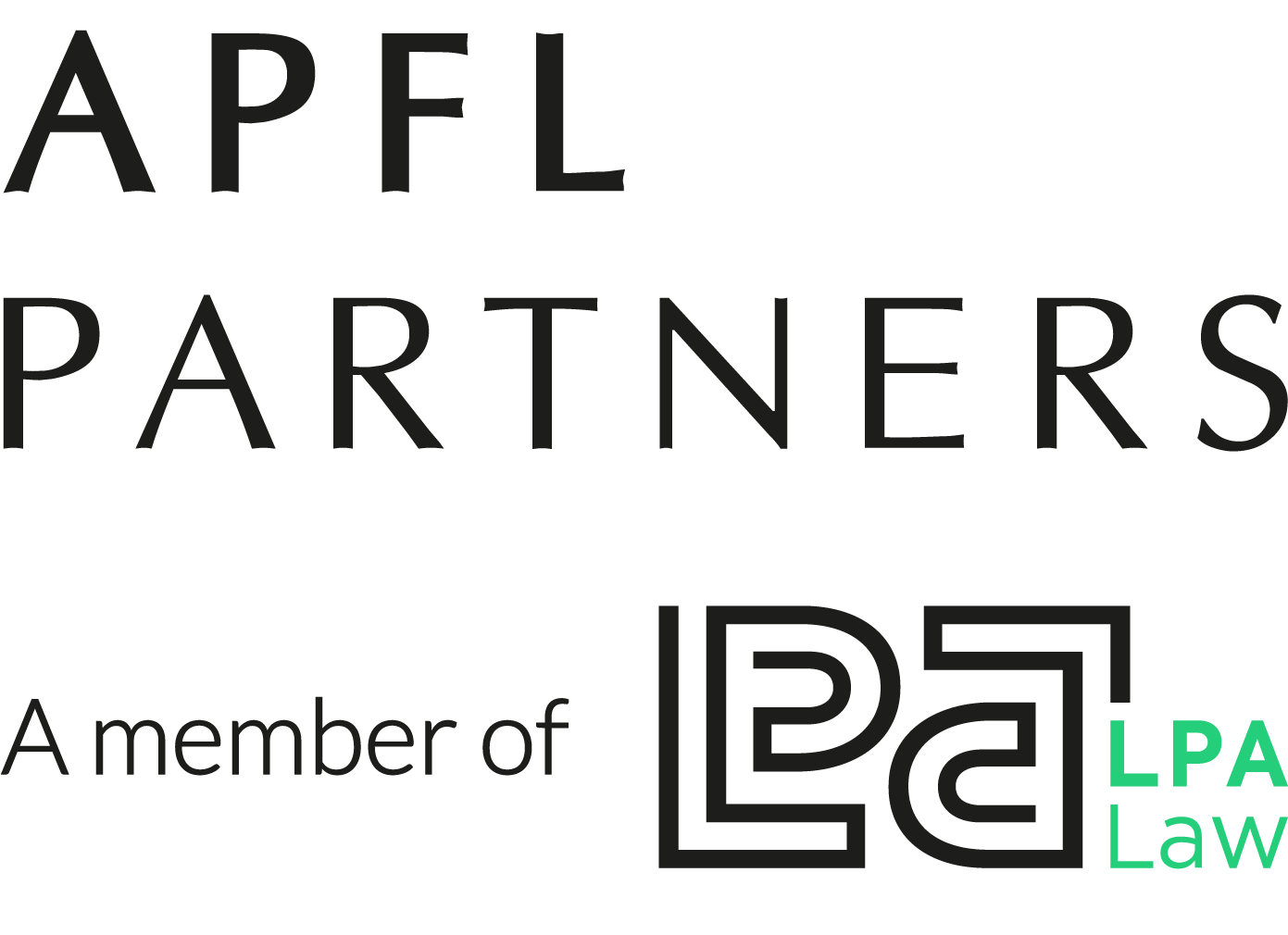Opportunities for Foreign Enterprise as Vietnam Targets New Technologies

Vietnam continues to accelerate the adoption of new technologies as it seeks to drive the next generation of economic growth. Back in 2021, the Prime Minister published a National Strategy for Industry 4.0 to ensure that Vietnam embraces innovation and takes advantage of the opportunities of new technologies throughout this decade. Now, the government is positioning itself to succeed in two important economic sectors: Semiconductors and Artificial Intelligence (AI).
Semiconductors
Speaking during a recent media interview, Minister of Planning and Investment Nguyen Chi Dung reaffirmed Vietnam’s ambition to become a crucial link in the global semiconductor value chain.
Semiconductors are elements, such as silicon, which are essential components in electrical consumer goods ranging from smartphones to digital cameras and from televisions to refrigerators.
The government is aiming to create favourable conditions which will help to attract foreign investment in semiconductors. The Minister highlighted that tech giants from Google to Meta have been working with Vietnam’s National Innovation Center (NIC) on initiatives to up-skill human resources and drive digital transformation.
However, the Minister also pinpointed some challenges. These include competition from China and the US, the high cost of investment, and continued skills shortages. Now, the Ministries of Planning & Investment (MPI), Information & Communications (MIC), and Education (MOET) have been assigned to create a plan to develop human resources to support the domestic semiconductor sector.
Over the course of this decade, the government aims to train 50,000 skilled workers, including 15,000 circuit design engineers and a further 35,000 engineers in other, related fields. Meanwhile, the government will also publish a draft decree to establish an investment fund later this year, which should help to meet the funding requirements and put Vietnam at the heart of the semiconductor value chain.
Much of the international investment in semiconductors will be channeled into Vietnam’s hi-tech parks. For instance, in Da Nang, the Hi-Tech Park and Industrial Zones Authority (DHPIZA) grants preferential treatment such as administrative procedure support to foreign semiconductor enterprises. The DHPIZA predicts that half of foreign-invested enterprises in the zone this year will be semiconductor companies, while the local authorities are keen to attract more of these businesses in the future.
Artificial Intelligence
Meanwhile, Vietnam has jumped 20 places from 59th to 39th in the annual Oxford Insights AI Readiness Index. The index ranks 193 countries on their readiness to incorporate AI into public services, scoring them across three pillars: Government, Technology Sector, and Data & Infrastructure.
Like with semiconductors, the government aims to harness the potential of AI to drive economic growth. In 2021, the Prime Minister issued a ‘National Strategy for the Research, Development, and Application of AI to 2030’, by which time Vietnam hopes to be one of the top-50 countries worldwide in terms of AI with 10 trademarked technologies and three high-performing national date centers.
Since the National Strategy was published, Vietnam has climbed the international Oxford Insights rankings, rising from 62nd place in 2021 to 39th today. Vietnam now (54.48) ranks above the East Asia regional average (51.41), placing it ninth in the region overall.
Both of these industries will require international investment and foreign enterprises to share their knowledge and skills. And this opens up opportunities for investors and entrepreneurs in the fields of semiconductors, AI, and other new technologies.
To find out more about the incentives on offer for companies in these sectors, just contact our team on: contact@apflpartners.com


